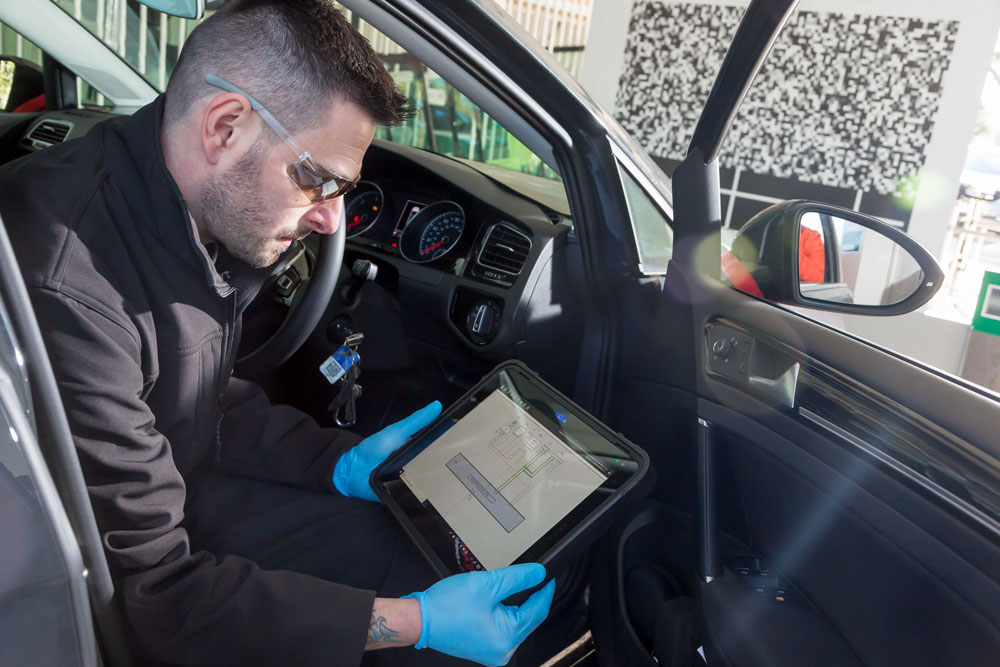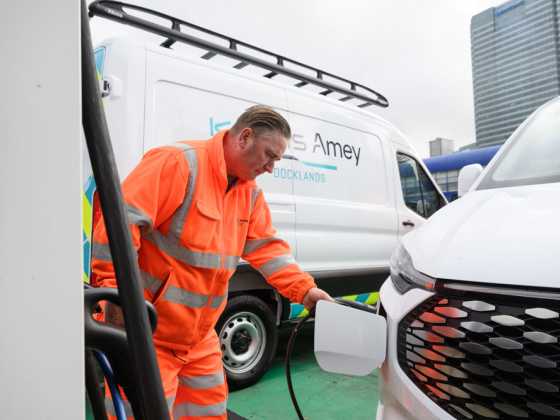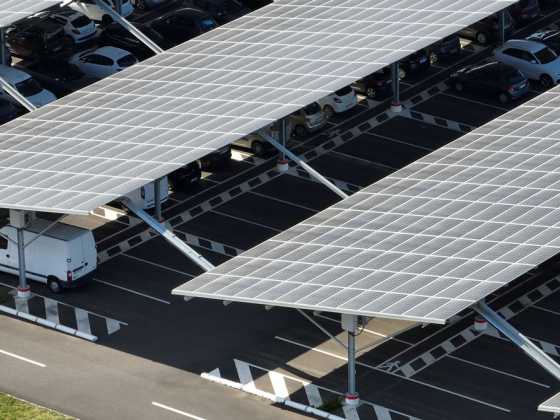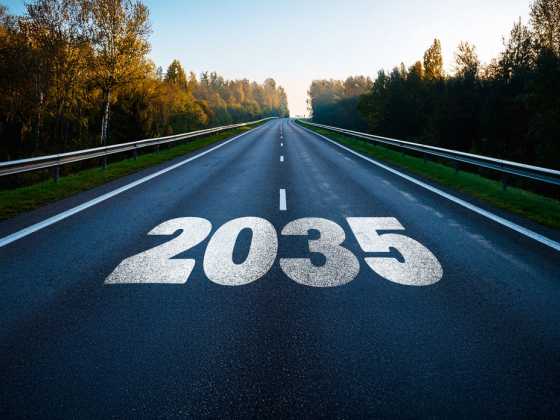Fleets can’t afford to lose EV momentum

Steve Nash, CEO of the Institute of the Motor Industry, looks at the currently tumultuous automotive landscape and the implications for the fleet sector, and urges continued focus on EV training despite the ICE deadline delay
The fleet sector deserves a pat on the back. Despite the unprecedented change, we have seen in the last five years, across all aspects of automotive, business fleets have stepped up to the plate. They are now leading the charge when it comes to EV adoption, although some may argue that this is only because private buyers have lost the incentives to switch.
As identified by the SMMT, the removal of the Plug-in Car Grant in 2022 left the UK as the only major European market with no consumer incentives to switch to EV, despite having the most ambitious timeline for transition. As a result, private EV sales have fallen. Pushing back the deadline will only reinforce that decline.
Fleet operators have also adapted to other new automotive technologies. Increasing use of complex Advanced Driver Assistance Systems (ADAS) and connected cars, heavier use of Fluorinated gas (F-gas), more specialised wheel alignment, and the new requirements for MOT management and tester training all come with additional training and assessment requirements to ensure technicians can work safely on modern vehicles. The sector should, therefore, be very proud of its role in advancing the UK to net zero and operating a vehicle parc that is cleaner and better for the environment.
A state of confusion
The problem right now is that there is a state of confusion about how much, and when, to invest in training to sustain the momentum in the adoption of new automotive technologies. The industry needs assurance that there will be a strategic roadmap for electric vehicle infrastructure, including charging stations, grid enhancements, and battery disposal solutions. The transition to EVs is not just a shift in technology; it is an overhaul of the entire ecosystem and the skills that support it.
Zero and low emission vehicles bring a new set of requirements and risks which must be mitigated with appropriate and regular training and assessment. And looking ahead to the day when new petrol and diesel vehicles will no longer be available to purchase, the aftermarket sector has worked tirelessly to prepare its workforce, its skills and its planning to adapt to the approaching deadline. Now that deadline has been pushed back by a substantial five years, the question is how that will affect employers’ commitment to EV training in the relative short-term, albeit the ZEV targets for OEMs mean there will still be a growing demand for an EV-skilled workforce.
The problem is that the government’s shift in the 2030 deadline not only demonstrates a distinct lack of understanding of the pressures a multi-technology vehicle parc places on the automotive workforce, but also under-estimates the hard work and commitment those in the automotive sector have already shown. The upskilling that has already taken place has come at a financial strain which businesses and individuals have justified because of the expected increased EV adoption. With the deadline pushed back to more than a decade away there is a serious risk that momentum will be lost. And that could mean businesses and individuals take their foot off the pedal. The great success the IMI has had in engaging the automotive sector as a whole to commit to investment in EV skills could go into turtle mode.
The EV skills gap
The reality is, even if EV uptake slows over the next few years, there will still need to be a concerted focus on upskilling to meet the needs of the growing parc as well as other emerging technologies such as connected and autonomous vehicles. However, with the ICE vehicle parc not diminishing as had been previously expected, the skills to work on petrol and diesel vehicles will also need to be fully maintained for far longer. This multi-technology pressure could undermine access to competent and fair priced aftermarket services as a whole. And that not only threatens general road safety but hits hardest those struggling with cost-of-living pressures – the very group the government’s announcement was allegedly designed to help.
The automotive sector is already struggling against a growing skills gap and recruitment challenges; the shift in phase-out dates could easily lead to disillusionment among current and prospective professionals and potentially reduce the specialised workforce. If the previously anticipated growth in the EV sector doesn’t materialise as quickly, professionals may find their skills under-utilised, leading to potential career stagnation. On top of that, many businesses may well re-evaluate their CPD priorities and see less value in investing in EV training. This, again, could undermine motorists’ access to qualified professionals and potentially result in higher long-term costs for repairs and maintenance.
The role of the fleet sector
The Society of Motor Manufacturers and Traders (SMMT) data has provided clear evidence that the fleet sector is leading the charge towards electric adoption. As well as being an important move in terms of environmental benefits, this also means fleets are performing a vital role in seeding the second-hand EV market, creating opportunities for vehicles to be in the economic reach of the majority of motorists.
Fleets are also likely to help drive the uptake of EV qualifications, with many having their own service and maintenance divisions and others increasing demand for EV trained technicians through franchised dealers or networks of approved independent garages. Whichever solution they adopt they will require ready access to suitably qualified people as their primary requirement is to keep their vehicles properly maintained and on the road.
Stalling progress
We must not forget the reason for the original and more ambitious timeline to remove new ICE vehicles from sale, and that the delay will come at significant environmental cost. It could lead to the UK missing important environmental targets – including being carbon net zero by 2050 – meaning higher levels of carbon emissions and a longer-term negative impact on the environment and air quality.
It is crucial, therefore, that the shift to 2035 is not seen as a ‘free pass’ to delay investment in infrastructure and training. Therefore, having made this change, the government must now understand the multiple challenges the sector faces and provide the right support to ensure the UK economy and wider society can continue to rely on the automotive sector. What we need now is stability and consistency in messages and targets, so that no more time, ambition or progress is wasted and we can work together towards the zero emissions future of mobility in the UK.






